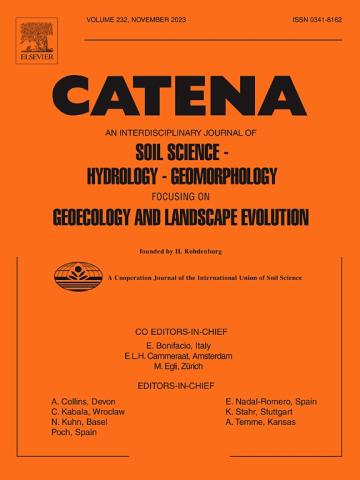Abstract
Many areas in the world suffer from relatively sparse soil data availability. This results in inefficient implementation of soil-related studies and inadequate recommendations for improving soil management strategies. Commonly, this problem is tackled by collecting new soil data to update legacy soil surveys. New soil data collection, however, is usually costly. In this paper, we demonstrate how to find homosoils with the objective of obtaining new soil data for a study area. Homosoils are soils that can be geographically distant but share similar soil-forming factors. We cluster the study area into homogenouse areas, and identify a homosoil to each area using distance metrics calculated in the character space spanned by the environmental covariates. In a case study in Mali, we found that large areas in India, Australia and America have similar soil-forming factors to the African Sahelian zone. We collected available soil data for these areas from the WoSIS database. Statistical analysis on the relationship between the homosoils corresponding to different areas of Mali and three soil properties (clay, sand, pH) displayed the unique variability captured by homosoils. The homosoils could explain 8% of the variation found in the soil datasets. There was a strong association between pH and homosoils corresponding to the semi-arid conditions and sedimentary parent material of Mali, whereas homosoils corresponding to other areas of Mali showed moderate association either with clay or sand. The location and spread of the group centroids were significantly different between depth-specific homosoils for the three soil properties. The approach developed in this paper shows the opportunity for identifying areas in the world with similar soils to populate areas with relatively low soil data density. The concept of homosoils is promising and we envision future applications such as transfer of soil models and agronomic experimental results between areas.

